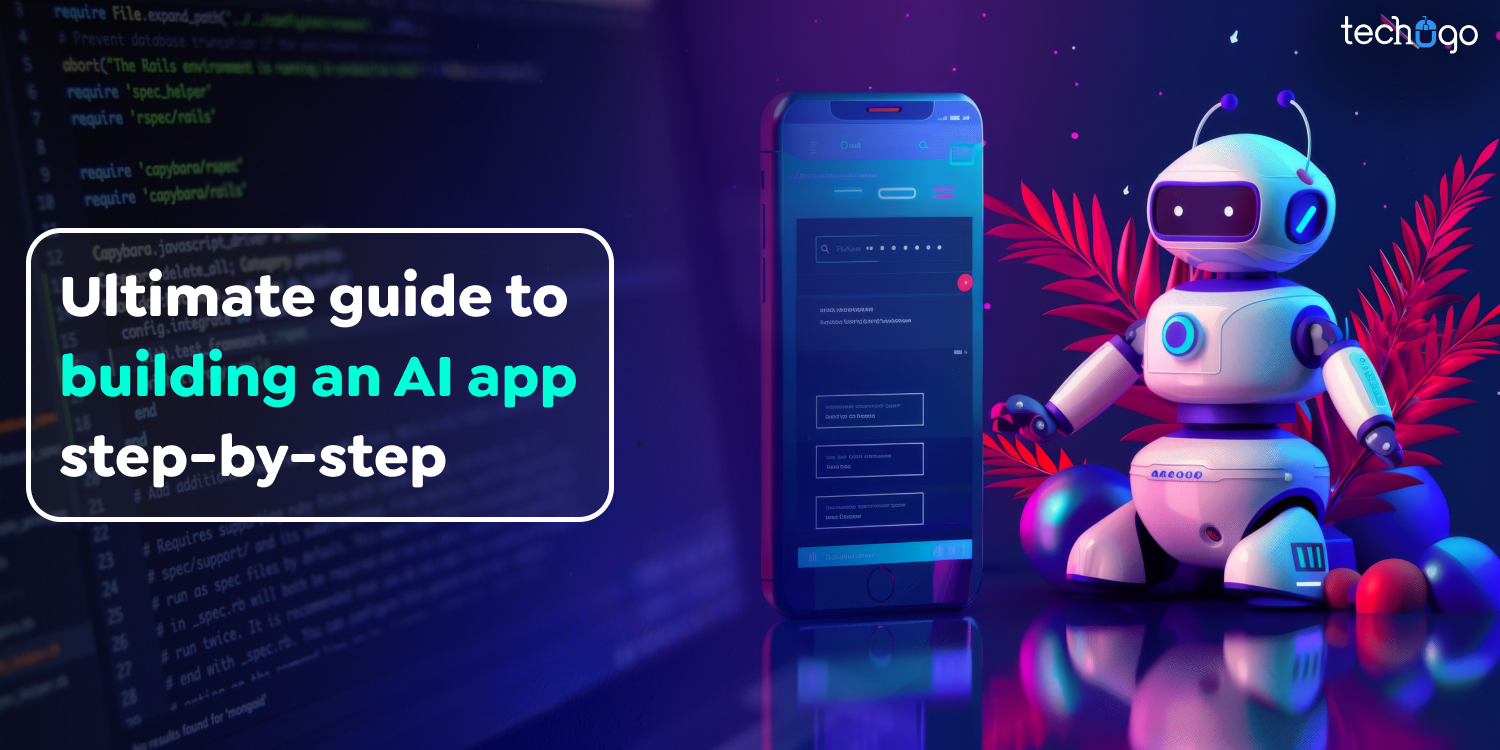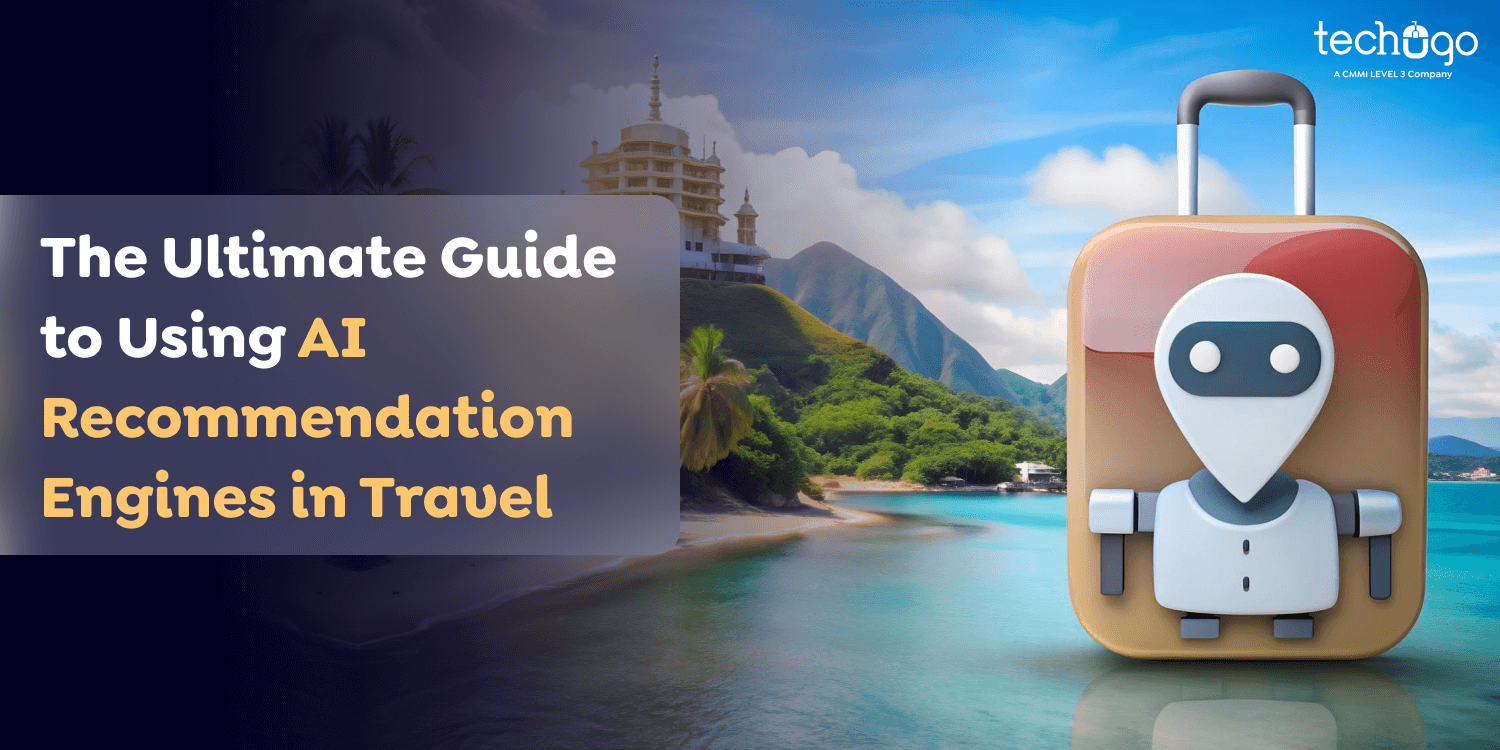17 Oct 2023
Updated on January 29th, 2025
Food Delivery Apps: A Revolution in Convenience and Culinary Exploration
Matthew Connor
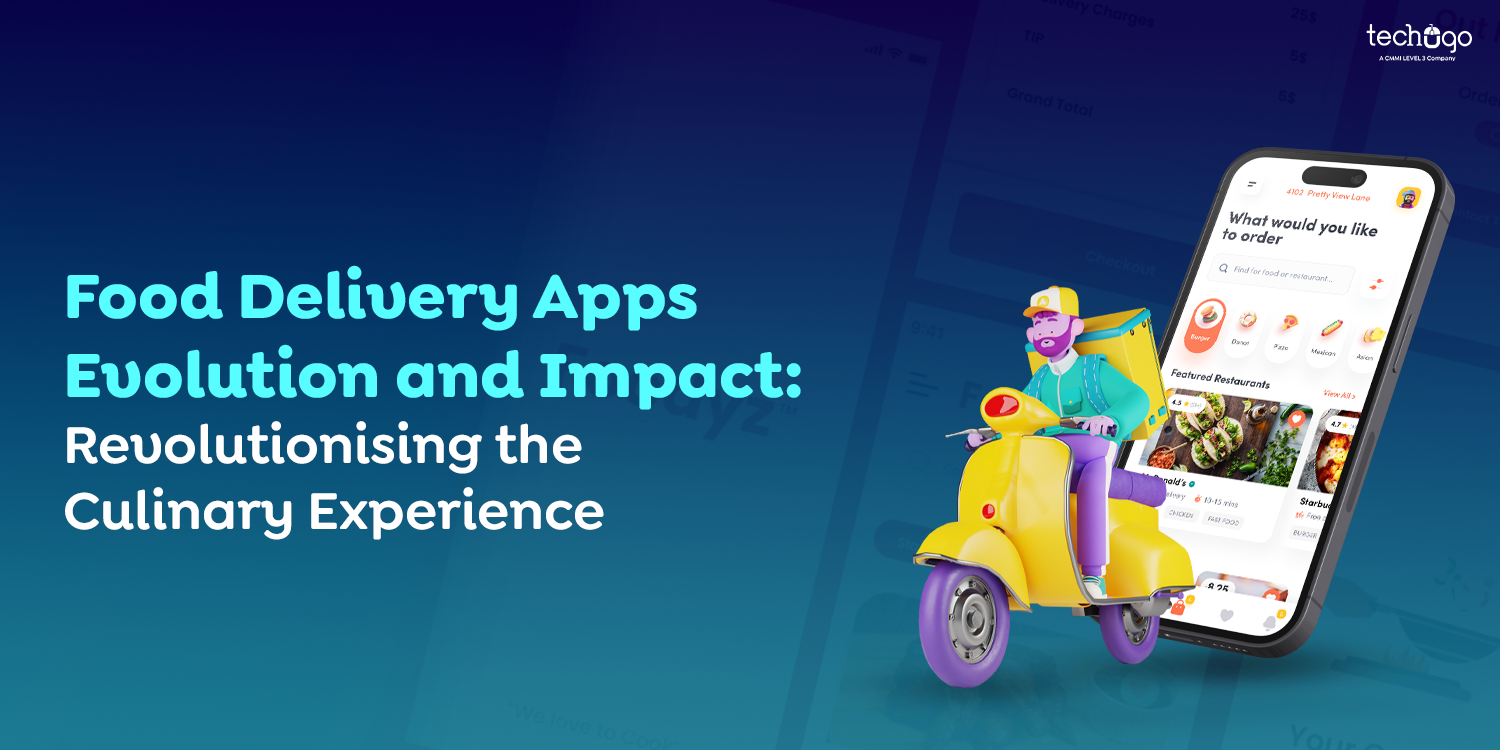
Food delivery apps have emerged as significant changes in the culinary world in an era of convenience. These digital platforms have changed how we order and consume our favorite foods and impacted the restaurant sector. We may now enjoy various cuisines from the comfort of our own homes or offices by just pressing a few buttons.
If you want to create a business, developing apps is an excellent place to start. With a solid user base already in the area, these programs will continue to entice their clients with increasingly enticing and user-friendly features in the future. Are you stuck? Don’t be afraid. We’ve compiled comprehensive information on how an Android app development company may assist you. Keep reading!
When you’ve decided to create your apps with the help of an Android app development company that can supply you with the best mobile app, you need first to understand what a food delivery app is.
What is a Food Delivery App?
A food delivery app is a smartphone application that enables users to order food from various restaurants and deliver it to their preferred location. Because of their convenience and ease of use, these applications have become popular in recent years. Users may browse menus, choose foods, customize orders, make payments, and follow the delivery process, all from the convenience of their smartphones.
Food delivery applications operate as middlemen for customers and restaurants, easing the ordering and delivery procedure. They offer a digital marketplace where customers may browse a variety of dining alternatives, from small eateries to significant chains, and make orders without having to deal with restaurant workers.
You just read about the Food Delivery app. You must consider what are the features of the food delivery app.
Features Of Food Delivery App
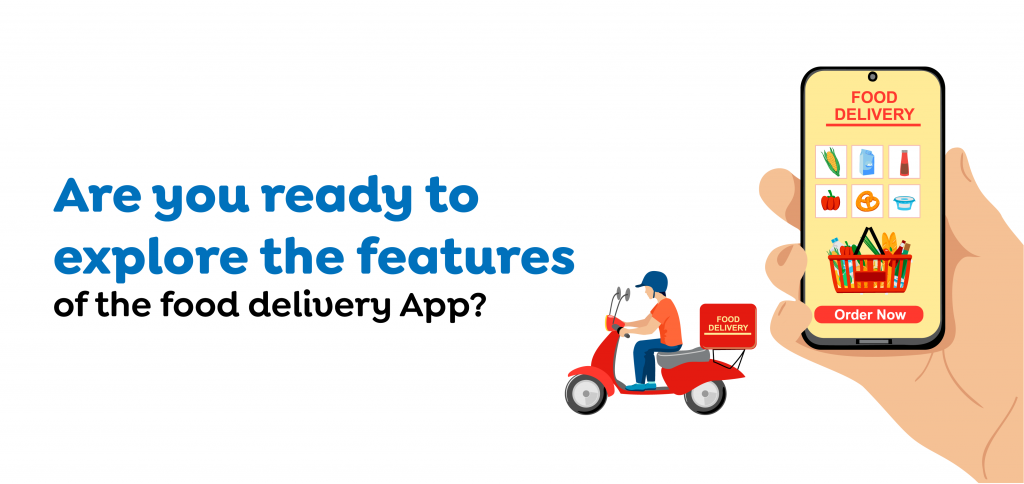
Food delivery applications provide a variety of features that make ordering and getting meals more straightforward and more user-friendly. Here are some of the most popular features seen in meal delivery apps:
- Search and Filters: Users may search for certain meals, genres, or restaurants, as well as apply filters based on preferences such as dietary restrictions, pricing range, and delivery time.
- Menu and Item Details: Apps give complete menus with photos, descriptions, and pricing for each item, allowing users to make informed decisions.
- Customization: Many applications allow users to personalize their orders by adding or deleting items, defining cooking preferences, and making special requests.
- Cart Management: Users may add products to their cart, evaluate their choices, and make changes before submitting their order.
- Payment options: Apps provide various payment options, such as credit/debit cards, digital wallets, and cash on delivery, to provide flexibility and security.
- Real-Time Tracking: Users may follow the status of their orders in real-time, from preparation at the restaurant through delivery at their door.
- Delivery Information: Apps give projected delivery times, delivery costs (if applicable), and real-time updates on the position of the delivery person.
- Rating and Reviews: Customers may write ratings and reviews for restaurants and delivery experiences, assisting others in making educated judgments.
- Order History: Users may view their order history, which allows them to rearrange favorite foods and track their spending patterns easily.
These features improve the user experience, making food delivery applications a handy and effective method for individuals to enjoy a broad range of cuisines without leaving their homes.
Do you have any doubts about the benefits of developing a mobile app for the food industry?
Do you have any doubts about the benefits of developing a mobile app for the food industry?Scroll down to discover why your business should consider the food delivery app.
What Are the Advantages of Making an Android App for the Food Industry?
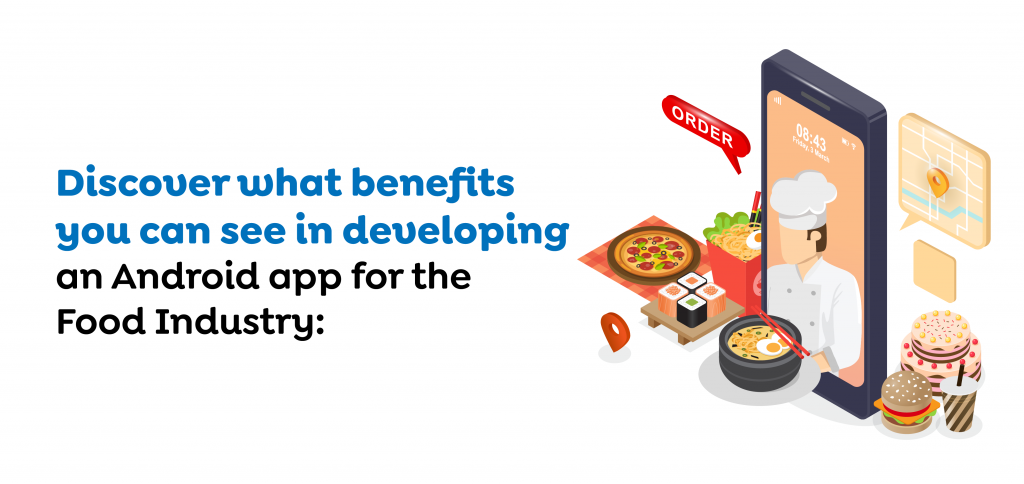
Creating mobile apps for the food sector may provide several benefits to both businesses and customers. Mobile applications provide a platform for restaurants, cafés, and food delivery services to communicate with consumers in new and inventive ways as the food business becomes more digital and tech-savvy. The following are some of the primary advantages of building mobile apps for the food industry:
- Improved Customer Service: Customers may explore menus, make orders, and customize their meals using mobile applications smoothly and straightforwardly. This amount of control and customization improves the eating experience and boosts consumer happiness.
- Increased Visibility and Reach: Food businesses may reach a larger audience by using mobile applications. Customers may discover new restaurants, try new cuisines, and even visit places they may have yet to learn about otherwise. This enhanced visibility has the potential to boost consumer acquisition and brand awareness.
- Order Accuracy is Improved: By allowing clients to enter their orders directly into the app, the possibility of mistakes due to misunderstanding is reduced. This results in more accurate orders, fewer client complaints, and improved service reliability.
- Faster Ordering: Customers may place orders fast and effectively via mobile apps. This simplified approach benefits both customers, who save time, and companies, which can manage a more considerable volume of orders more efficiently.
- Personalization and Loyalty Programmes: Apps allow companies to acquire information about customers’ preferences and ordering patterns. This information may be used to tailor suggestions and provide targeted promotions, discounts, and loyalty programs. Personalization aids in the development of strong client connections and encourages repeat business.
- Marketing and Promotions: Businesses may use mobile applications as a direct marketing channel, sending push alerts about special deals, new menu items, and events. This direct contact has the potential to enhance engagement and conversion rates.
- Cost Efficiency and Sustainability: Mobile applications can minimize the expenses associated with traditional printed menus and advertising materials by providing digital receipts and reducing paper waste.
- Data Collection and Analytics: Apps give important data insights into client behavior, preferences, and ordering habits. This information may be utilized to make sound company decisions, improve operations, and fine-tune marketing efforts.
- Integration with Third-Party Services: Food delivery applications may interact with third-party delivery services, making it easier for companies to provide delivery without developing their delivery fleet. It broadens the company’s reach without the logistical hurdles of delivery management.
- Competitive Advantage: Having a well-designed and practical mobile app helps set firms apart from competitors in the continually expanding food market. It demonstrates a dedication to technical innovation and client ease.
Creating mobile apps for the food sector has several benefits, ranging from increased customer experience and marketing possibilities to simplified operations and data-driven decision-making. As the digital environment evolves, smartphone applications have become essential for food businesses seeking to remain relevant and competitive in the current market. You must be thinking about how food delivery apps can generate revenue for your business.
How Food Delivery Apps May Help Your Business Make Income
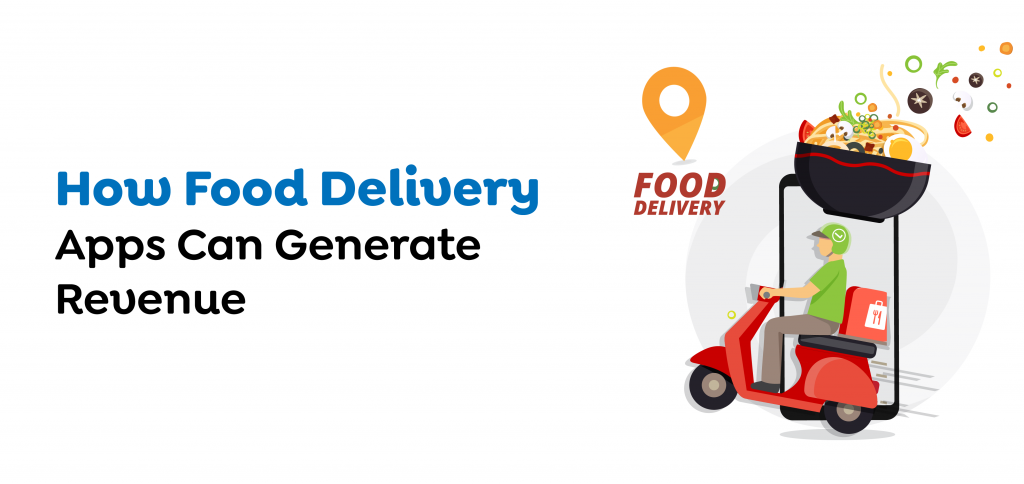
Food delivery applications may create cash for your company by utilizing a variety of tactics and monetization approaches. These approaches enable businesses to pay operational costs, encourage expansion, and create a profitable channel for both the app platform and the eateries. Here are several ways meal delivery applications may make money:
- Commission Fees: Charging restaurants a commission charge on each order placed through the app is one of the critical revenue streams for food delivery apps. This charge is usually calculated as a percentage of the order subtotal. Restaurants agree to pay this charge in exchange for the platform, user base, and marketing reach provided by the app.
- Surge Pricing: During peak hours or periods of high demand, food delivery apps may apply surge pricing, in which the cost of delivery and service fees temporarily spikes. This dynamic pricing approach aids in order volume management and incentivizes drivers to work during peak periods.
- Subscription Models: Some meal delivery apps include subscription models that provide users with perks such as reduced or waived delivery fees, special discounts, and priority service. Subscriptions may provide recurring income while also increasing client loyalty.
- Advertising and Promotions: Restaurants may be able to pay for advertising and promotions within food delivery apps. Featured listings, banner ads, and sponsored placements boost a restaurant’s visibility and generate more orders.
- Business Agreements: Food delivery apps can develop agreements with restaurants in which the business pays a fee for increased visibility, premium placement on the app’s platform, and marketing assistance.
- Convenience Fees: Some applications charge a convenience fee for operational costs and app maintenance. This cost differs from the delivery price and is meant to cover expenditures.
- Cross-Promotions: Food delivery apps may work with other businesses to cross-promote their products. This collaboration has the potential to result in shared revenue and higher-order values.
- Data Monetization: For a charge, apps may analyze consumer data and trends to give insights into eateries. This data-driven strategy may assist restaurants in better tailoring their menus, pricing, and marketing efforts.
- In-App Advertising: Some applications include third-party adverts within their platform. Restaurants and other related companies can pay to have their adverts displayed to app users, generating additional money.
- Cloud Kitchens and Virtual Brands: Food delivery apps may run their own cloud kitchens or virtual restaurant brands, which can generate money by selling exclusive menu items and using the app’s current user base.
Food delivery apps may generate money through various channels, including commission fees and delivery costs, as well as subscription models and advertising options. Combining these tactics can generate a sustainable income stream for the app platform while offering value to restaurants and customers.
How React Native Can Help You in Your Food Delivery App?
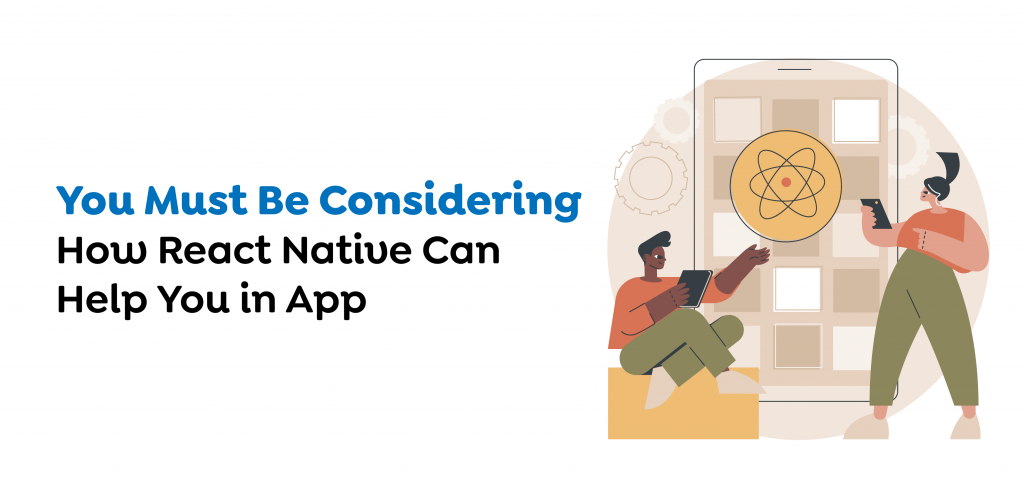
React Native, is popular cross-platform mobile app development technology, might be an excellent choice for creating a food delivery app. Its ability to produce iOS and Android apps from a single codebase makes it a time- and cost-effective option. Here’s how react native app development company can assist you in developing a restaurant app:
- Cross-Platform Development: With React Native, you can create code once and utilize it on various platforms. Because you don’t have to design separate apps for iOS and Android, this dramatically cuts development time and effort. It is critical for a food delivery app to guarantee that all users have a uniform experience.
- Native-Like speed: By using native components, React Native achieves near-native speed. Your food delivery software will feel and behave like a native app, offering a seamless and responsive user experience.
- Rich User Interface: You may develop a visually stunning and engaging user interface using React Native. It is critical for a meal delivery service, as users should be able to explore menus, choose goods, and place orders effortlessly.
- API integration: For numerous capabilities such as menu retrieval, order placing, payment processing, and real-time order tracking, food delivery apps rely significantly on backend APIs. React Native may interface with these APIs to provide a seamless end-to-end experience.
- Reusability of Code: While React Native mainly employs JavaScript, native code may be used as necessary. It is essential for improving performance or incorporating device-specific features.
The ability of React Native to provide a uniform, high-quality user experience across both iOS and Android platforms, as well as its speed of development and low cost, make it a perfect choice for developing a food delivery app.
Conclusion
Food delivery apps have certainly changed the way we eat and think about it. They have elevated dining to heights of ease, variety, and accessibility, improving our gastronomic experiences in unimaginable ways. While obstacles remain, the continuous growth of these platforms promises even better convenience, sustainability, and creativity, assuring that the food delivery revolution still needs to be done. So, enter the world of mobile app development and begin your creative journey! Techugo is a mobile app and web development company that provides various services to assist organizations in creating, optimizing, and launching digital products and services. If you are, Consider making your own Android/ iOS app. If so, Techugo, the mobile app development company in Canada, can assist you.
Get In touch
We are excited to here from you and let’s start something special Together. Call Us for any inquiry.
Write us
sales@techugo.caJust a call away
About you

